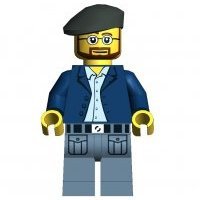
[FIXED] LDCad to LPub3D - hide parts in instructions
By
Rudivdk, in Digital LEGO: Tools, Techniques, and Projects
-
Recently Browsing 0 members
No registered users viewing this page.

By
Rudivdk, in Digital LEGO: Tools, Techniques, and Projects
No registered users viewing this page.